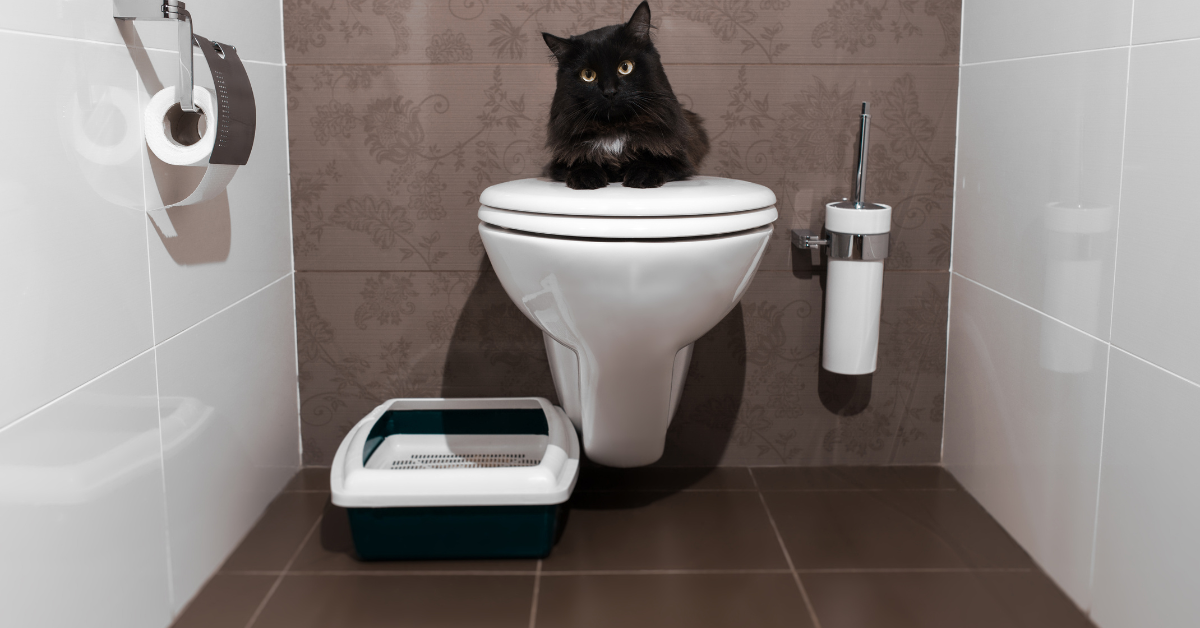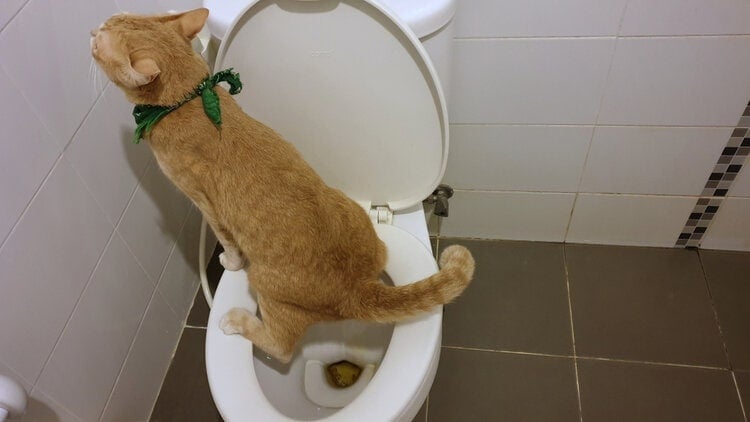Which You Must Avoid Flushing Animal Waste Down the Toilet
Which You Must Avoid Flushing Animal Waste Down the Toilet
Blog Article
What are your concepts about Don't Flush Your Pets Poo Down The Loo, Vet Warns?

When it concerns disposing of waste, specifically animal waste, many people typically turn to the practical option of flushing it down the toilet. Nevertheless, this seemingly easy option can have significant repercussions for the setting and public health. In this article, we'll check out why flushing pet waste down the toilet is a poor concept and provide different approaches for correct disposal.
Introduction
Correct garbage disposal is vital for preserving ecological sustainability and public health. While it may seem safe to flush animal waste down the bathroom, it can result in different problems, both for the environment and human well-being.
Dangers of flushing pet waste
Ecological effect
Flushing animal waste introduces harmful bacteria and pathogens into waterways, which can adversely influence aquatic environments. These pathogens can infect water resources and harm aquatic life, interfering with fragile communities.
Public health concerns
Animal waste consists of dangerous microorganisms such as E. coli and Salmonella, which can posture serious health risks to people. Flushing pet waste down the toilet can infect water supplies, causing the spread of illness and infections.
Alternatives to flushing
Instead of flushing pet waste down the toilet, there are a number of alternative disposal methods that are a lot more eco-friendly and hygienic.
Composting
Composting pet waste is an eco-friendly method to take care of it. By composting, raw material is broken down into nutrient-rich dirt, which can be utilized to feed gardens and plants.
Land fill disposal
Throwing away animal waste in a landfill is one more option. While not as eco-friendly as composting, it is a safer alternative to flushing, as it stops the contamination of water sources.
Pet dog garbage disposal systems
There are customized pet dog garbage disposal systems readily available that safely and hygienically take care of pet waste. These systems typically utilize enzymes to break down waste and eliminate odors.
Steps to correct pet garbage disposal
To make certain appropriate disposal of animal waste, adhere to these steps:
Scooping and nabbing waste
Frequently scoop and bag animal waste utilizing eco-friendly bags. This stops waste from infecting the environment.
Using assigned waste bins
Dispose of bagged pet waste in designated waste bins, such as compost containers or land fill bins. Avoid flushing it down the toilet whatsoever costs.
Cleaning litter boxes and family pet locations routinely
Consistently clean litter boxes and family pet areas to stop the accumulation of waste and microorganisms. Use pet-safe cleansing products to keep health.
Benefits of proper disposal techniques
Adopting appropriate disposal methods for pet waste supplies several benefits:
Minimized environmental pollution
Appropriate disposal approaches lower the danger of environmental pollution, safeguarding waterways and communities from contamination
Reduced danger of water contamination.
By preventing flushing pet waste down the toilet, the threat of water contamination is considerably decreased, protecting public health.
Enhanced hygiene and health
Proper disposal approaches promote much better cleanliness and health, creating a more secure setting for both people and pets.
Verdict
In conclusion, purging pet waste down the commode is unsafe to the atmosphere and public health. By taking on alternative disposal methods and following proper waste administration practices, we can reduce the negative influence of animal waste and contribute to a cleaner, healthier planet.
What To Do With Dog Poo – The Do's And Don'ts Of Disposing Of Faeces
Dog poo bins
Some councils provide dedicated dog waste bins in popular dog-walking areas that can take dog poo that has been bagged but you can legally dispose of dog waste in any public litter bin, as long as it is securely bagged. This also applies to your wheelie bin at home.
Do not flush
Water companies do not recommend flushing dog faeces down the toilet because certain parasites can survive the water processing treatment and are potentially harmful to humans. You should also never consider flushing dog poo that has been bagged down the toilet as the bags will not break down and instead create severe blockages in the sewage system.
In the woods
The Forestry Commission promotes a ‘stick and flick’ method for dealing with waste in the woods. This means finding a stick and using it to flick any poo from off the path so that it is out of the way of other walkers. You could also bury it as long as it is not in an area where there might be livestock.
Livestock
Parasites found in dog poo can be transmitted to livestock if they inadvertently eat infected faeces that has been left on grazing land. This could result in the death of sheep or abortion in cattle so you should always make sure you pick up your dog’s waste in fields where livestock could be present.

Consistently clean litter boxes and family pet areas to stop the accumulation of waste and microorganisms. Use pet-safe cleansing products to keep health.
Benefits of proper disposal techniques
Adopting appropriate disposal methods for pet waste supplies several benefits:
Minimized environmental pollution
Appropriate disposal approaches lower the danger of environmental pollution, safeguarding waterways and communities from contamination
Reduced danger of water contamination.
By preventing flushing pet waste down the toilet, the threat of water contamination is considerably decreased, protecting public health.
Enhanced hygiene and health
Proper disposal approaches promote much better cleanliness and health, creating a more secure setting for both people and pets.
Verdict
In conclusion, purging pet waste down the commode is unsafe to the atmosphere and public health. By taking on alternative disposal methods and following proper waste administration practices, we can reduce the negative influence of animal waste and contribute to a cleaner, healthier planet.
What To Do With Dog Poo – The Do's And Don'ts Of Disposing Of Faeces
Dog poo bins
Some councils provide dedicated dog waste bins in popular dog-walking areas that can take dog poo that has been bagged but you can legally dispose of dog waste in any public litter bin, as long as it is securely bagged. This also applies to your wheelie bin at home.
Do not flush
Water companies do not recommend flushing dog faeces down the toilet because certain parasites can survive the water processing treatment and are potentially harmful to humans. You should also never consider flushing dog poo that has been bagged down the toilet as the bags will not break down and instead create severe blockages in the sewage system.
In the woods
The Forestry Commission promotes a ‘stick and flick’ method for dealing with waste in the woods. This means finding a stick and using it to flick any poo from off the path so that it is out of the way of other walkers. You could also bury it as long as it is not in an area where there might be livestock.
Livestock
Parasites found in dog poo can be transmitted to livestock if they inadvertently eat infected faeces that has been left on grazing land. This could result in the death of sheep or abortion in cattle so you should always make sure you pick up your dog’s waste in fields where livestock could be present.

As an avid reader about , I think sharing that blog post was really useful. Sharing is good. Who knows, you might be helping someone out. Many thanks for taking the time to read it.
Further Details Report this page